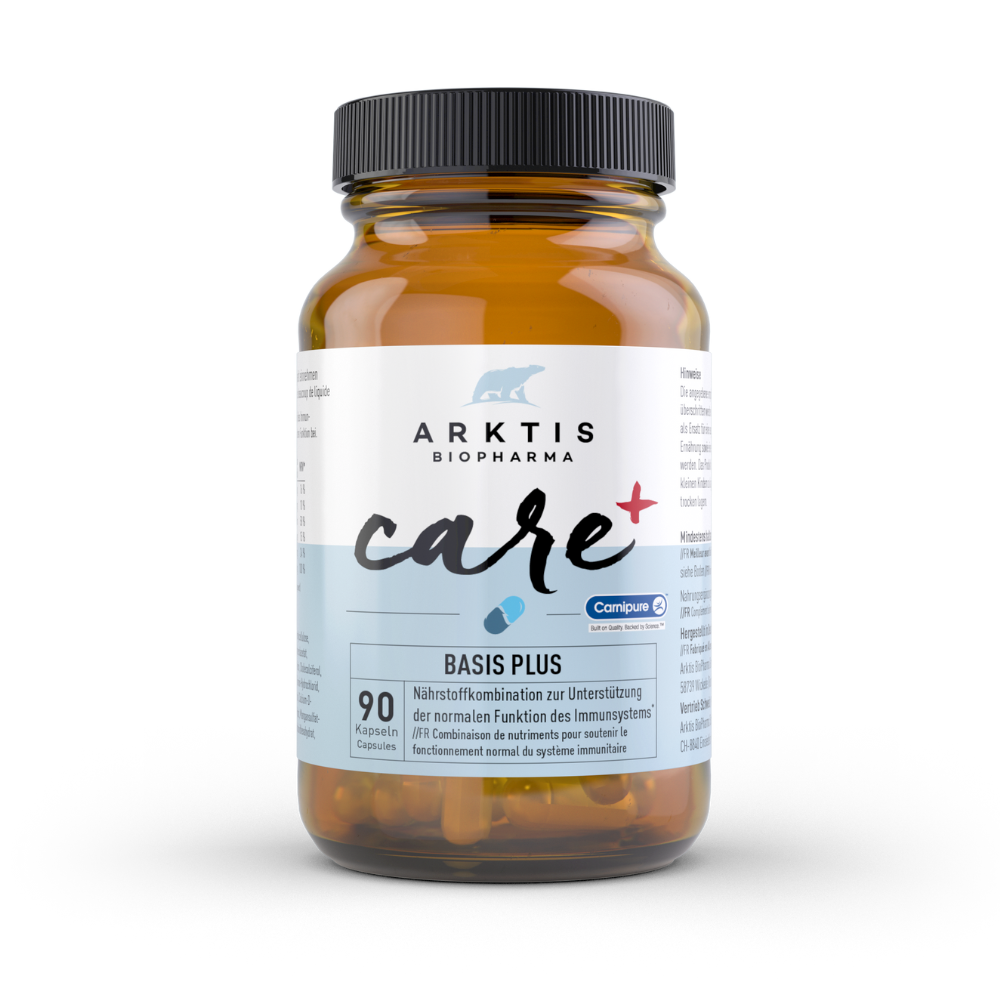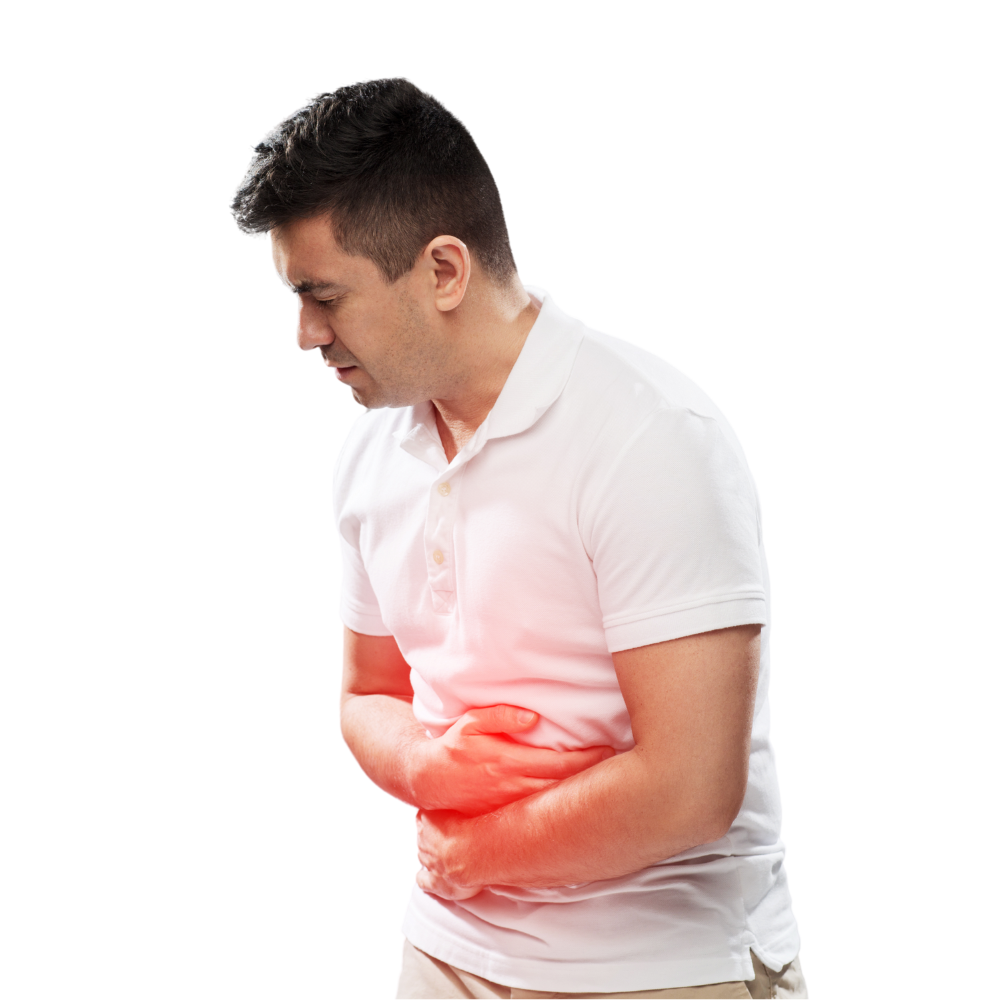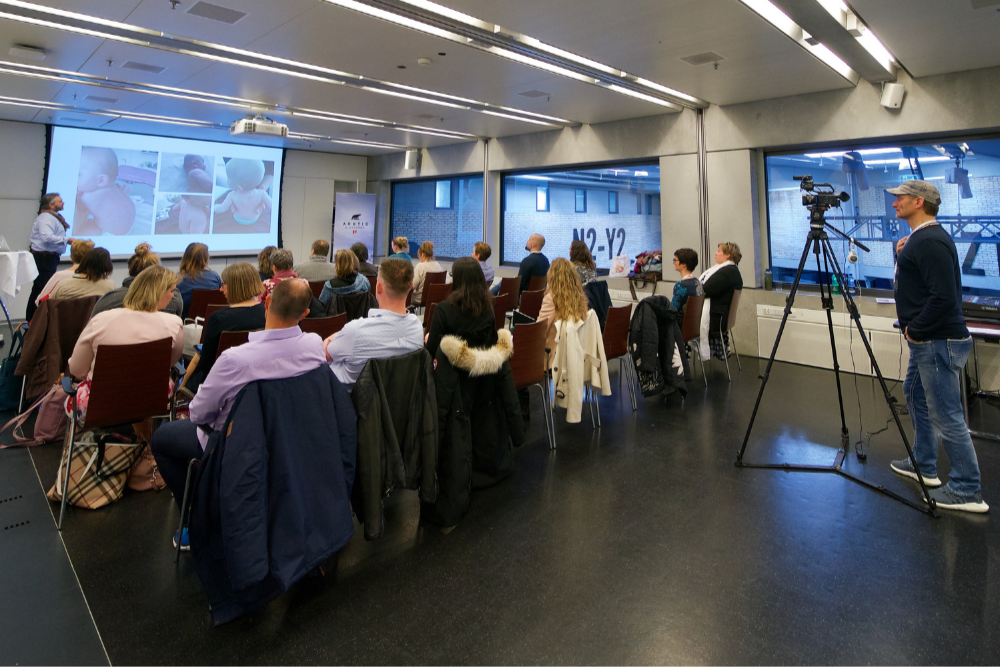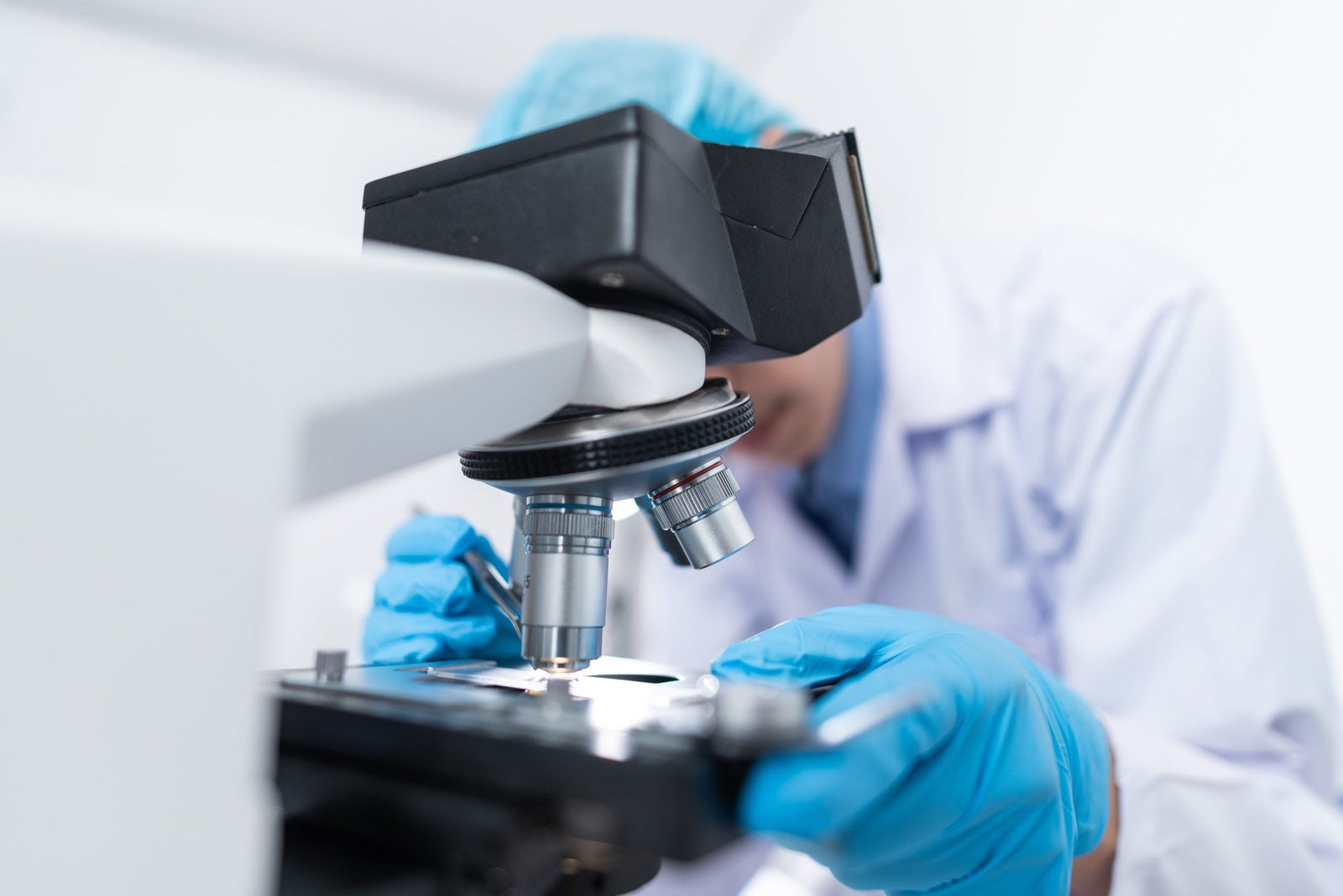About the author:
I have met Dr. Alexander Loos time and again at various micronutrient training courses and exchanged ideas with him. I am delighted that he was willing to publish this guest article on my blog.
Dr. Loos is a specialist in internal medicine and runs his own medical practice in Frankfurt am Main. With 40 years of professional experience, he covers a broad spectrum of both conventional medicine and complementary methods.
What is histamine?
Histamine is an important endogenous messenger substance (endogenous biogenic amine). However, it can also be ingested with food, in which case it is called an exogenous amine (produced in the metabolism of amino acids in humans, animals, plants and microorganisms). Unfortunately, histamine is also the best-known mediator for allergic reactions.
Simply put: it comes from inside and outside. It has to be broken down again and this is where the problems can lie.
This means that the balance must be right between breakdown and exogenous intake and the body's own production.
When is histamine intolerance present?

In the case of histamine intolerance, it is precisely this balance that is disturbed. There are various ways to correct this. The first option is to control food and thus minimize external intake. Unfortunately, this list also includes the beloved red wine (also white wine, sparkling wines, beer), which usually has the highest proportion of tyramine (another biogenic amine).
It was such a nice meal, and then: heart palpitations, itching all over the body, flushing (blushing, red spots and heat), diarrhoea, stomach cramps, severe headaches, a blocked nose, and later perhaps sleep disturbances due to high levels of anxiety. If it gets really bad, swelling of the face combined with shortness of breath (Quinke's edema). Perhaps there are only 1 or 2 symptoms that occur repeatedly and you simply cannot find the cause.
Having a histamine intolerance checked helps with the first step - making the right food choices.
Histamine breakdown and foods that release histamine
Now, in order to break down histamine, the body mainly needs 2 enzymes, diamine oxidase = DAO and monoamine oxidase = MAO (you are probably familiar with DAO and MAO inhibitors, more on this later).
Both enzymes, DAO and MAO, are inhibited by tyramine. To make matters worse, alcohol increases the rate of absorption from food. In the case of the delicious food at the Italian restaurant, from the Parmesan. This is usually an "old" cheese that is produced with the participation of microorganisms. (To repeat: biogenic amines such as histamine are also produced in the metabolism of microorganisms). This is why matured or fermented foods (e.g. Asian sauerkraut - kimchi) are particularly affected, as the microorganisms still have plenty of time to produce metabolic products.
You can find helpful food tables on the internet and in specialist books. However, you should be aware that these vary depending on how they are produced and stored. So listen carefully to your body and don't eat too much in one go, it makes it more difficult.
Now to the tomatoes and the dessert with strawberries. There are foods that do not contain histamine but release the body's own (endogenous) histamine. Unfortunately, our tomatoes and strawberries are among them. These are called: Histamine liberators.
Glutamate can also be involved in the process (for sensitive people, the gluten in pasta). Like alcohol, glutamate inhibits the enzyme diamine oxidase, which means that histamine is not broken down completely or quickly enough. This reaction is also known as Chinese restaurant syndrome.
What to eat and what to do with histamine intolerance?
In the case of histamine intolerance, we influence the severity of our symptoms through our choice of food.
The three influencing factors:
- the amount of intake from food containing histamine
- the amount released by histamine liberators (e.g. strawberries, gluten, casein)
- the blocking of the enzyme diaminooxidase via alcohol and medication
The same meal - different reactions?
Unfortunately, those affected often experience situations that they can no longer understand. Last week they had a meal of salad with fish and afterwards had no complaints. A week later, the seemingly same meal and nothing is right, the nose is blocked again, combined with itching. You lose your bearings again, what's going on?
To repeat: biogenic amines (such as histamine) are formed from amino acids during metabolism. In this case, the amino acid histidine becomes histamine (via decarboxylation = a carbon atom is split off from an amino acid molecule) and the amino acid tyrosine becomes tyramine (e.g. in red wine). This cleavage process turns amino acids into highly active substances that are involved in cell metabolism. They become signaling substances such as hormones, neurotransmitters and mediators (in the case of inflammation).
Back to the meal with salad and fish, one week it worked, then it didn't? Why?
The freshness of the food is crucial
Histamine in food is usually caused by bacterial contamination. The bacteria need protein (e.g. fish, meat, cheese), the time factor and temperatures between 5 and 65 degrees. (Under ideal conditions, a bacterium can double by cell division approximately every 20 minutes. This means about a tenfold increase in one hour, in two hours it is about 100 times more). Of course, the protein in fish contains not only the amino acid histidine (but also valine, methionine, etc.).
But if you have the strongest reaction to histamine, you need to think about the following in the above example: Did you prepare the first meal yourself, using completely fresh ingredients? The cold chain was not interrupted, you ate straight away and did not reheat anything? Now the bacteria hardly had time to turn the histidine into histamine and you didn't drink any wine with it.
But what do you know about the preparation, additives, storage and age of the food in a restaurant, at the buffet, in the canteen?
How long did it sit where? Was it pre-cooked, reheated, kept warm? Or you buy a "salad to go", the bag is in the warm car, later somewhere at work and suddenly you have the undesirable reactions again after eating.
By the way Tuna and shellfish are often listed as having a high histamine content. This is usually due to the type of catch, further processing and storage. As you can see, there is a lot to be said for preparing your own food freshly.
Histamine intolerance vs. allergies
There is often an overlap between histamine intolerance and genuine allergies. You've already heard about histamine liberators such as strawberries and tomatoes. So you may experience symptoms after eating a large portion of strawberries. This is often perceived as an allergy, but it cannot be proven. You then reacted to the high histamine release, not to the strawberry. Please listen to your body and not to the result of the prick test.
The importance of the intestine
A large part of the immune system is located in the intestine, with the task of protecting us from intruders such as viruses, bacteria, fungi and toxins and rendering them harmless. The defense system includes mast cells, granulocytes and B + T cells.
Patients with irritable bowel syndrome have a particularly high number of mast cells. These can release various substances (depending on what the immune system requires). One of the substances released is histamine, which unfortunately does not remain local in its effect, but can quickly spread throughout the entire system, which means that you may experience symptoms in the nose, on the skin or as a headache.
Blocking the breakdown of histamine
Important to know: various painkillers such as opiates or NSAIDs (such as diclofenac and ibuprofen) also block the histamine-degrading enzyme diaminooxidase (DAO). For some time now there has been a preparation from the food supplement sector: DAOSIN. This contains diaminooxidase, but must be taken before eating and is not sufficient for severe cases.
Conventional medicine also prescribes H1 and H2 blockers (e.g. ranitidine for reactions to contrast media) or H3 blockers (considered psychotropic drugs).
So what can you as a patient do yourself?
- Avoid DAO blockers (alcohol, drugs of the type described above)
- Avoid foods with a long maturing time (cheese, salami) or fermented substances (sauerkraut)
- Avoid foods with a histamine-releasing effect (strawberries, tomatoes, pineapple, etc.)
- Avoid ready-made products (almost always contain gluten and are always declared as more refined)
- Prepare as fresh as possible and prepare yourself (pay attention to the cold chain)
- Avoid gluten (from flour) or casein (from dairy products)
Personally, I think it is best to press the "reset button" in such cases. Start with a therapeutically accompanied intestinal rehabilitation, followed by reforestation of the usually disturbed intestinal flora with prebiotics and probiotics. Additional administration of vital substances after clarification of existing deficiencies, later restarting with fresh, self-prepared food.
At Arktis BioPharma, we have developed products specifically for people with histamine problems, such as our lactic acid product Arktibiotic Sensitive to reduce histamine production and our micronutrient product Histahit to support the DAO enzyme.
We have observed that people who have a good supply of vital substances and consume wholesome organic food are less likely to suffer from this problem.
















